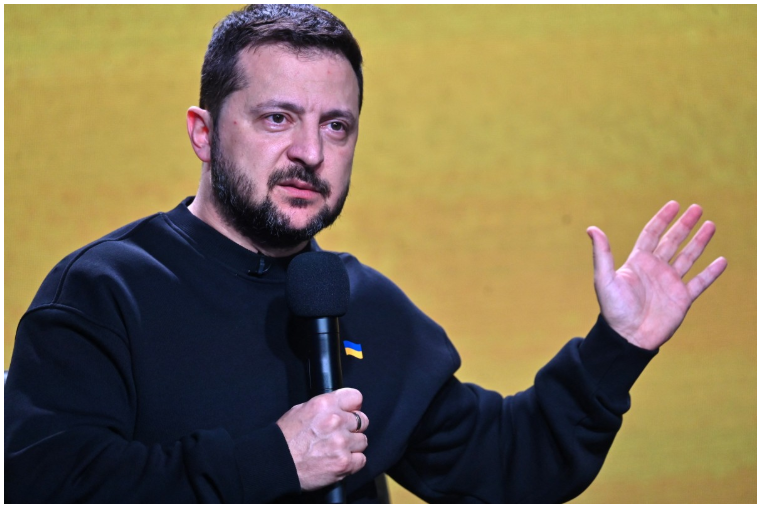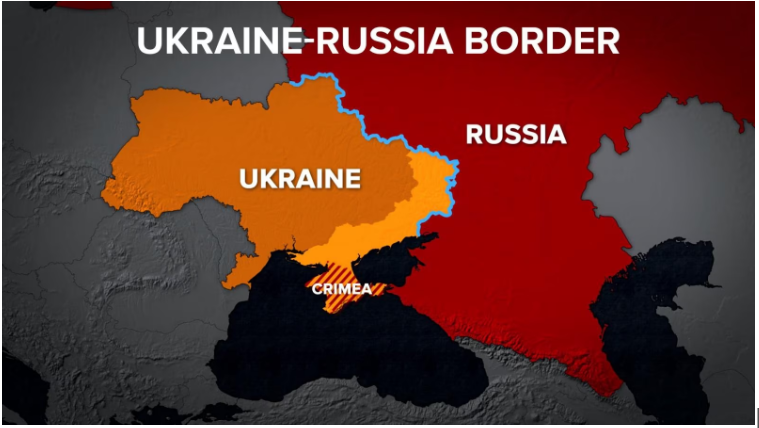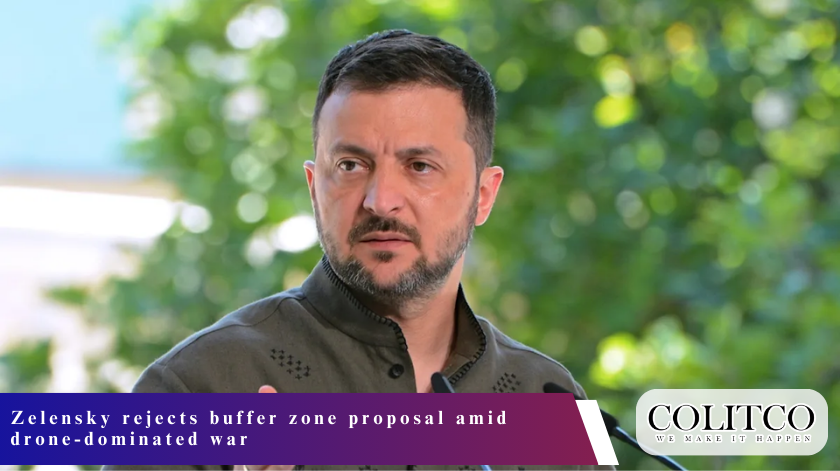Ukraine’s President Zelensky stands firmly against European calls for the creation of a buffer zone separating the forces of Ukraine and Russia. He stated the idea is “outdated” and is a product of a “misreading of warfare today.” It is understood that European officials had in mind a 40km zone intended to lessen clashes along the frontline.
For Zelensky, there is no meeting halfway. He pointed out how drones are today’s battlefield’s dominant weapon and that safety is not guaranteed by distance. As a Kyiv official, he makes it clear that they are against all proposals that might force them to give ground.
Zelensky rejects European push for Ukraine-Russia buffer zone.
Why is the buffer zone considered outdated?
As revealed by Zelensky, the nature of the war has drastically changed. The drones now set the tempo and the distance of the fighting. Artillery from both Russia and Ukraine engage targets at more than 10 km.
Zelensky explained these results in a natural “dead zone” or “grey zone.” If troops are moved to these zones, they can be monitored and attacked relentlessly by drones. For him, the physical buffers have been replaced by drones, which cover the area with digital and aerial surveillance and control. He emphasised that this makes buffer zones both unnecessary and obsolete.
Would a buffer zone mean giving up Ukrainian land?
Indeed, a buffer zone implies that Ukraine would have to give up areas currently held. Zelensky has been unambiguous in saying that no deal involving territorial concessions will be accepted by Kyiv.
He pointed out that if Russia desired a greater safety distance, it should retreat from the Ukrainian land it currently occupies. Any withdrawal imposed on Ukraine would weaken its sovereignty and encourage Moscow. This position supports Kyiv’s well-known opposition to the trade of land for peace, even if temporary. 
Zelensky insists Ukraine will not make territorial concessions for a buffer zone.
Zelensky insists buffer zones misunderstand modern warfare
The president highlighted that those proposing buffer zones do not understand the situation with a drone war. Previous wars had conflicts where land lines reduced fights, but the present war fights are not between static fronts.
Zelensky marked that drones travel long distances, making even rear areas attackable. This implies that physical buffer zones cannot stop strikes. They can also lead to empty areas without security and place Russia at a benefit in the war.
Could peacekeepers enforce such a buffer zone?
European officials have suggested sending peacekeepers to oversee a buffer zone. Their estimates range from 4,000 to 60,000 troops. The suggestion underscores the magnitude of forces needed to oversee 40 kilometres of disputed territory.
The U.S. has already declined the idea of stationing troops in Ukraine. It also announced that it would only provide intelligence and air support if a mission was authorised. This raises the question of whether European countries can finance such missions on their own. Acceptance from Moscow is very unlikely for obvious reasons: foreign troops near its positions.
Ukraine refuses any deal requiring territorial pull-back
Kyiv’s position remains clear: no negotiations will be accepted that force Ukraine to relinquish land. Zelensky points out that proposals that neglect Ukraine’s freedom only extend the war. He keeps requesting increased Western military aid, in particular air defence and long-range strike weapons.
In Ukraine, drones and precision weapons are essential to counter Russian threats and advances. Any diplomacy ignoring these demands risks Zelensky’s assessment of a stalled war, not a resolved one. Zelensky’s opposition to the buffer zone underscores Kyiv’s resolve to defend its land.
Investor and geopolitical outlook
For those analysing investments in the area, the fact that Zelensky is against it means the negotiations do not seem to be in a position to offer any short-term stability. The markets related to defence and energy continue to be very sensitive to any developments on the frontline.
Additionally, the dominance of drones in the war draws attention to new opportunities in the defence industry, in particular in counter-drone systems. The countries that are backing Ukraine are likely to increase the financing of such systems. The rejection of the buffer zone infers that the fighting will continue as is, perpetuating instability and volatility in the regional security and commodity markets.
Also Read: Trump-Zelenskiy White House meeting signals new thaw
FAQs
- What is the main point of Zelensky against the buffer zone?
He stated that drones now very effectively enforce a natural buffer, which makes any formalised zones obsolete and ineffective.
- How wide was the buffer zone?
Reports are stating that European leaders were considering a 40km zone.
- Would Ukraine need to give up land as part of the proposal?
Yes. Ukraine ceding land would be a necessary consequence of the implementation of the buffer, which Zelensky has rejected.
- What was the intended involvement of international forces?
European leaders considered the deployment of between 4,000 and 60,000 peacekeepers. The U.S. declared that the only support they would provide would be intelligence and air support.












